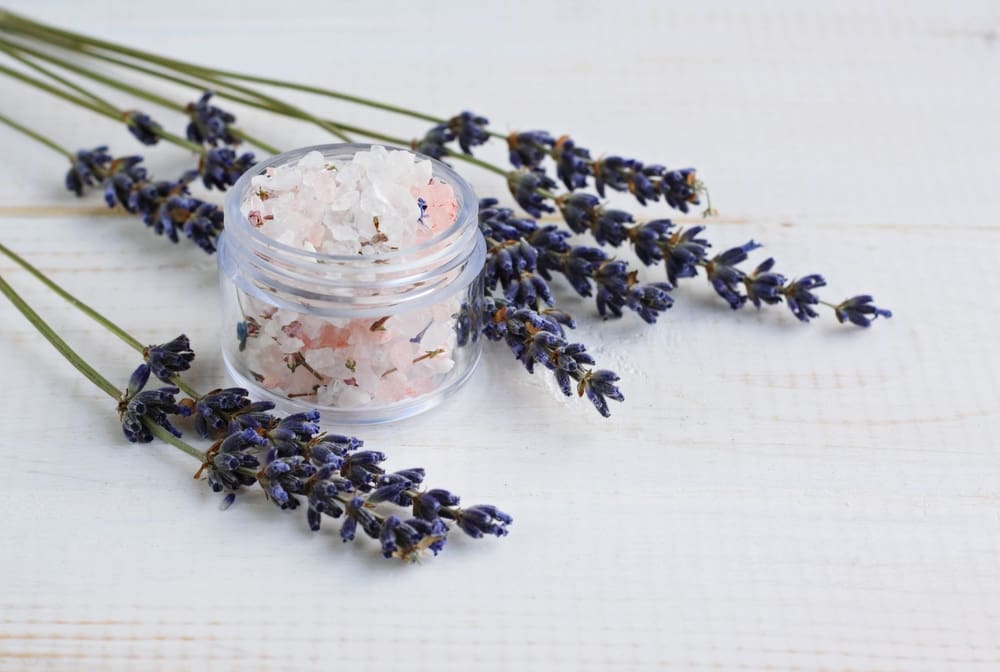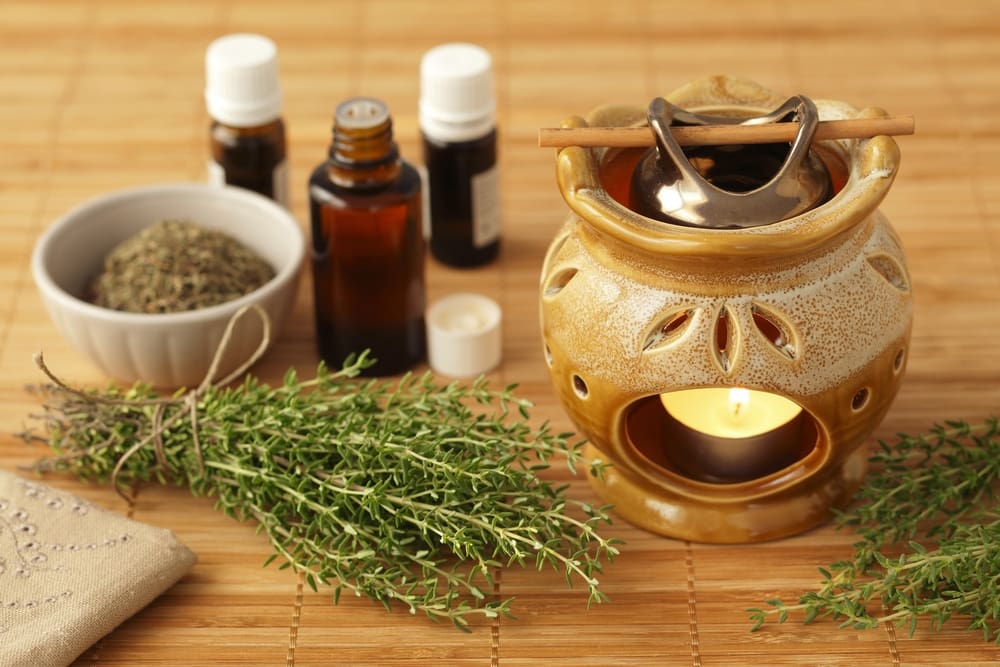Did you know the weather can cause physiological changes in the body, exacerbating the effects of certain health conditions? With the winter season in full swing, you may be having a difficult time with your chronic pain and past coping mechanisms used through out the warmer months may no longer be working.
So, what can you do to weather the winter with chronic pain? For those who might not be able to fly south for the winter, you can still take proactive steps to ease the pain. Here’s what you can do.
1. Bundle Up
Researchers propose several theories as to why people have more aches and pains in the winter, even when they don’t suffer a chronic condition. One explanation centers around the need for human survival.
When the temperature drops, your body keeps vital fluids as close to the center of your body as possible to protect your internal organs from freezing. This heat conservation measure decreases blood flow to peripheral joints such as your knees and wrists.
Another explanation posits that changes in barometric pressure cause an inflammatory response in the joints, which helps explain why patients with various forms of arthritis often see symptoms flare up.
The cold may also change the consistency of the synovial fluid protecting your knees and knuckles. So, what’s the best prevention? Bundle up nice and snug. Who cares if you look like Ralphie’s kid brother in “A Christmas Story.” It’s better than enduring pain.
2. Upgrade Your Insulation
The level of comfort you enjoy in your home impacts your overall well-being. After all, you spend most of your time confined there when it’s too frightful to venture outdoors.
Did you know that cold can seep into your home through your garage? Many people add weather stripping around doors leading to the exterior, but they neglect their garage door. Doing so is like exposing the rooms that adjoin where you park to outside heat and cold. It can also put stress on your HVAC system.
Invest in an insulated garage door, and for good measure, coat your walls as well. Insulating your garage helps protect your vehicle and other equipment from extreme temperatures, and it keeps your entire house cozy.
3. Take Hot Epsom Salt Baths

If your whole body aches after a long winter’s day, unwind the spa way with a hot Epsom salt bath. While no published studies show the efficacy of absorbing magnesium through the skin versus taking it orally, ample anecdotal evidence suggests that soaking in this mineral can alleviate suffering.
Magnesium impacts neurological functioning and may help relieve migraine and fibromyalgia pain. Plus, it feels heavenly to slip into steamy water and relax.
4. Drink Turmeric Tea
Turmeric is a powerhouse when it comes to fighting inflammation. The primary ingredient, curcumin, can alleviate pain as effectively as commercial medications in many people.
Add black pepper to your tea to release this anti-inflammatory power. This combination improves the absorption of curcumin by 2,000%—and no, that’s not a typo. The spice adds a light chai flavor, and the drink tastes fabulous when blended with a bit of coconut milk.
5. Do Yoga
It’s true—practicing yoga can alleviate certain types of pain. When you have inflammation in your body, your muscles surrounding the area clench up to protect it. This contraction can lead to painful spasms.
Yoga gently releases muscular tension and eases the spasmodic response. If you’re new to the practice, it’s best to take a few classes with a licensed instructor to learn the proper technique.
6. Practice Mindfulness Meditation
Research indicates that mindfulness meditation is an effective remedy for treating chronic pain. When you meditate mindfully, you detach the negative emotions associated with your aches from the physical sensation. Learning how to look at your pain as a neutral observer can help minimize its impact on your daily life.
7. Try Aromatherapy

How can aromatherapy alleviate pain? Researchers believe that scent receptors in your nose carry particular aromas to your brain where they stimulate pain centers. Thus, fragrances like lavender tell your neurons to signal your muscles to relax, easing painful spasms.
Additionally, using a diffuser on your work desk may help you stave off the latest bug making the office rounds. These devices raise the level of humidity in the air. Your nasal passages are your first line of defense against germs, and colds can result when they get dried out. By keeping your mucous membranes moist, you put up a stop to bacteria.
Edited by Courtney Smith
What Are Your Tips for Chronic Pain in the Winter?
Let us know in the comments below!
What Topics Should We Cover Next?
Email us your ideas at info@painresource.com
Join the Pain Resource Community
Did you know Pain Resource has different groups for different conditions? Connect with others who share the same condition as you here.


I usually wear a hoodie and a jacket with a scarf on if I MUST be out in the cold, because I have EDS and it already causes me severe pain and has caused my joints to spams.